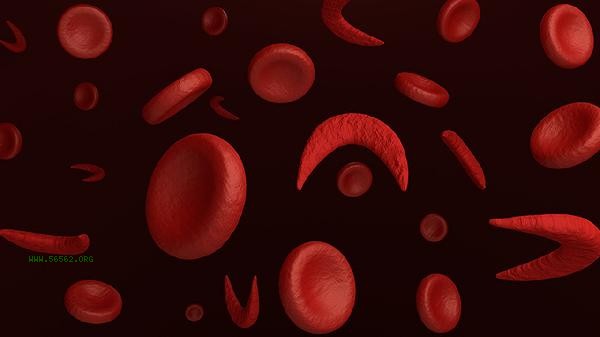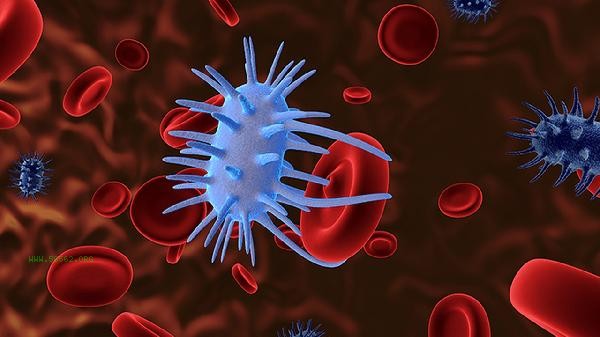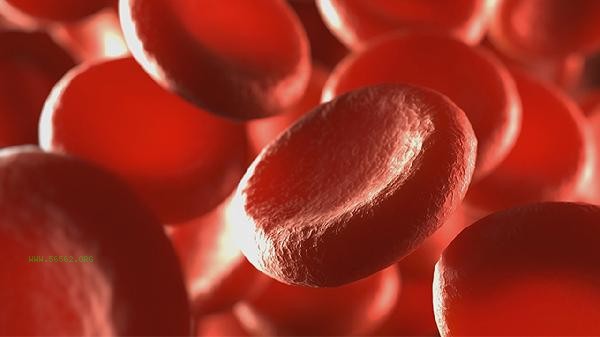A low average red blood cell volume usually indicates small cell anemia, which is mainly related to factors such as iron deficiency anemia, thalassemia, chronic disease anemia, sideroblastic anemia, vitamin B6 deficiency, etc.

1. Iron deficiency anemia:
Insufficient iron leads to a decrease in hemoglobin synthesis and a reduction in red blood cell volume. Commonly seen in people who are picky eaters for a long time, have gastrointestinal bleeding, or experience excessive menstruation in women, typical symptoms include fatigue and cracked nails. Diagnosis needs to be confirmed through serum ferritin testing. Treatment mainly involves oral iron supplements, while increasing intake of iron rich foods such as red meat and animal liver. 2. Mediterranean anemia: Hemolytic anemia caused by genetic disorders of globin synthesis, with a high incidence in southern regions. Red blood cells are not only small in size but also have abnormal morphology, which may be accompanied by jaundice and splenomegaly. Genetic testing can provide clear classification. Mild cases do not require special treatment, while severe cases require regular blood transfusions and iron removal therapy.
3. Chronic disease anemia:
Chronic inflammation or tumor leads to abnormal iron metabolism, which is common in patients with rheumatoid arthritis and tuberculosis. Although there is sufficient iron storage in the body, there are obstacles in its utilization, resulting in a decrease in transferrin saturation. The primary disease needs to be controlled, and in severe cases, erythropoietin can be used for a short period of time.
4. Iron particle anemia:

Abnormal bone marrow hematopoietic function leads to iron utilization disorders, with circular iron particle anemia being a characteristic manifestation. May be related to lead poisoning, drug side effects, or genetic factors. Some patients require vitamin B6 treatment, and hereditary patients need to be regularly monitored for iron deposition in organs.
5. Vitamin B6 deficiency:
Vitamin B6, as a coenzyme for heme synthesis, affects red blood cell maturation when lacking. Commonly seen in long-term alcohol abuse and isoniazid use, it may be accompanied by glossitis and neuritis. Confirmed by measuring plasma PLP levels, supplementing with vitamin B6 can restore normal red blood cell parameters.
It is necessary to ensure the intake of iron rich beef, spinach, and black fungus in daily diet, combined with vitamin C to promote iron absorption. Mediterranean anemia patients should avoid a high-speed rail diet, and chronic disease patients are recommended to have their blood routine checked every 3-6 months. If you experience persistent dizziness and palpitations after physical activity, seek medical attention as soon as possible. Pregnant women and children with abnormal indicators should prioritize screening for nutritional deficiencies. It is recommended to choose aerobic exercises such as brisk walking and swimming to avoid exacerbating hypoxia symptoms during intense exercise.









Comments (0)
Leave a Comment
No comments yet
Be the first to share your thoughts!